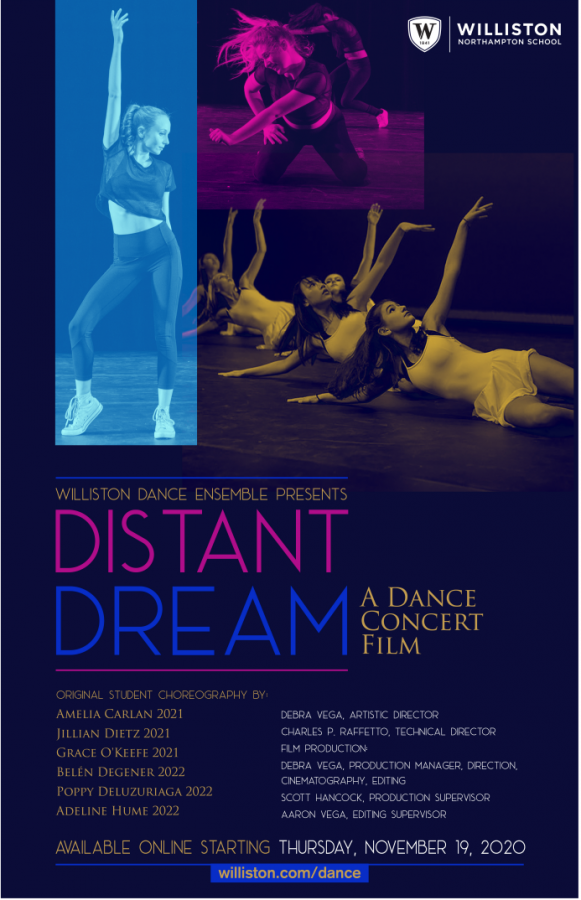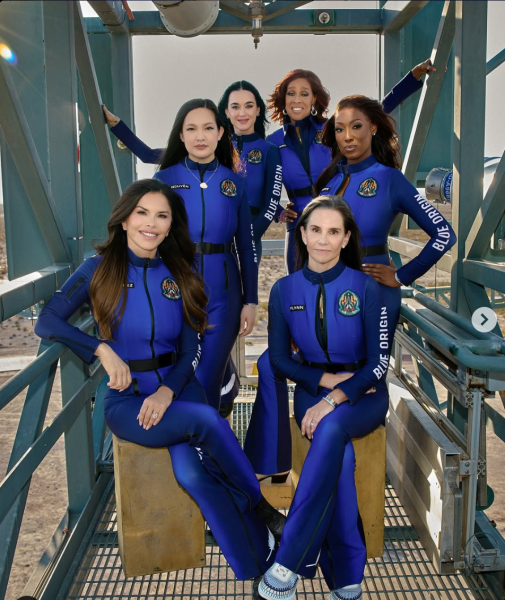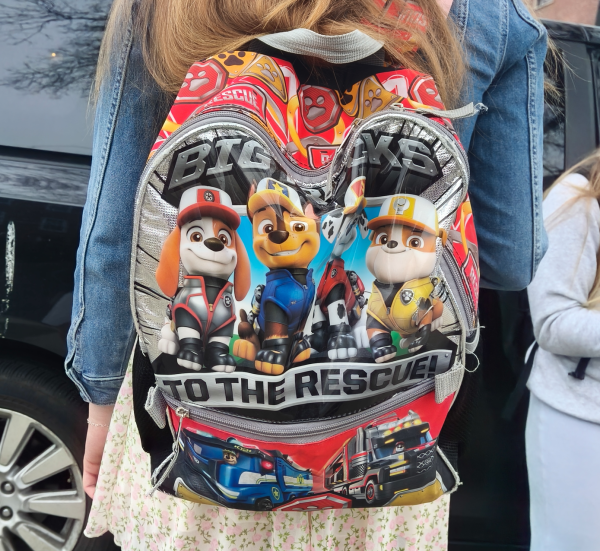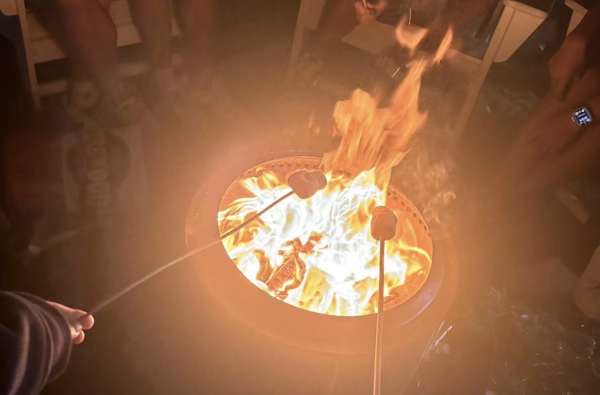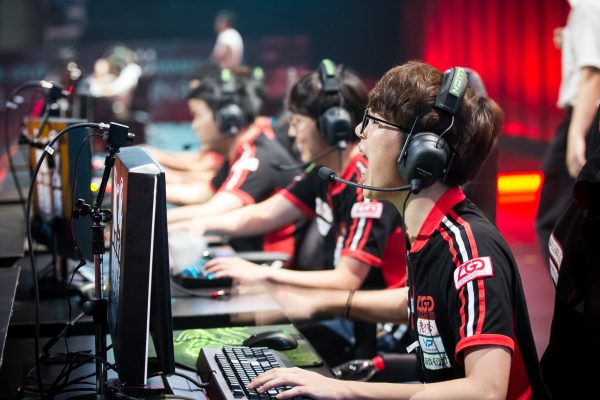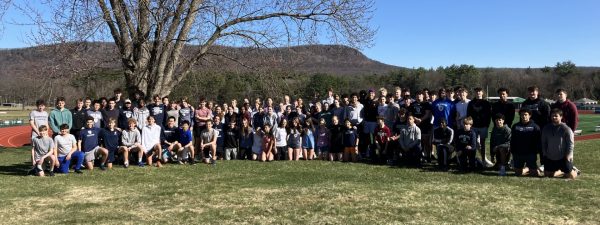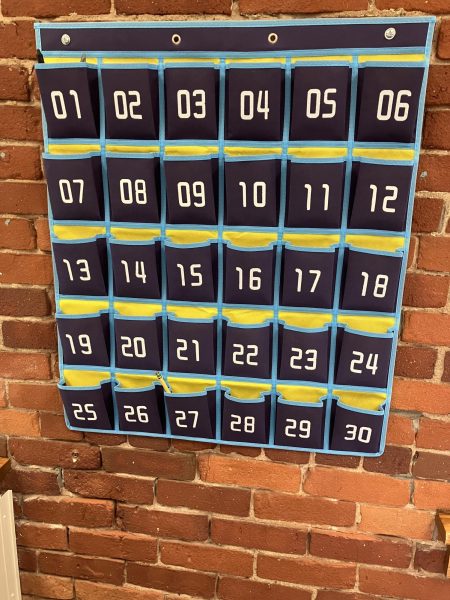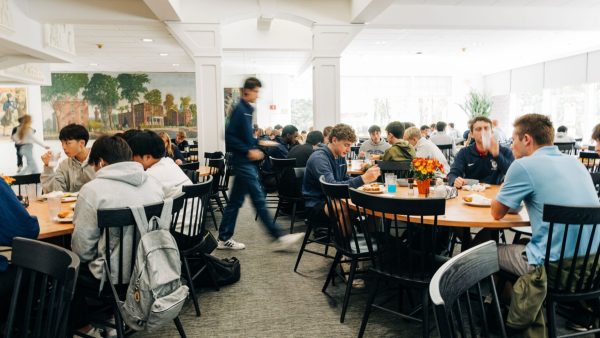Williston Introduces First Virtual Dance Concert
Fall Dance Concert film Distant Dream started streaming on this Thursday, Nov. 19, during the Covid-19 pandemic.
The fall dance concert was filmed over the trimester by the dance ensemble and had its debut on Nov. 19 at 7:30pm EST, instead of being performed in person as done in previous years.
This year’s dance captains are Amelia Carlan, Jillian Dietz, and Sophie Gontow-Calderon who is working remote from Brazil.
There were seven pieces in the show, one of them choreographed by the Dance Director Debra Vega, and the other 6 by student choreographers (juniors and seniors).
Different from previous years where there 2343 usually around 10 to 12 pieces of choreographies in the dance concert, this year, Vega decided to cut it down, “to simplify our process a bit”.
There were more technical classes this year, and Amelia Carlan and Jillian Dietz took turns to run captain’s classes twice a week.
Under the pandemic situation, the art department wanted to come up with something safe but also works as a great medium to convey art. “A film seemed like the safest option that also gave us a terrific medium to show our creative work,” said Vega.
There were several modifications to the dance room to keep the dancers safe. Debra Vega taped markers on the dance floor that are six feet apart to keep students socially distant during warm-ups, created a “sanitation station,” and the sound equipment was switched to wireless.
Students in one room was restricted to 10, and they were always required to wear a mask. They also had their personal plastic bins with a lid for personal belongings.
For Jillian Dietz, as a choreographer the number restriction was the main thing that made this year’s rehearsal different. “This year, dance was split into 2 groups of 7,” she explained, “so choosing dancers to be in my piece was a little difficult.”
She said that if they chose more than 8 dancers for each piece, they would not be able to properly social distance.
The other parts of dance for her were similar to previous years. “The choreographing and teaching aspect was not much different from other years,” she said. “We just had to make sure that the dancers were spaced properly.”
Amelia Carlan described her experience as “refreshingly normal,” and enjoyed this normality of dance during all the things that have changed in the pandemic.
Although Covid restrictions like masks and social distancing had got into the way a little bit, dancing lighted up her days because how it’s routinely similar to last year.
“The masks and the distancing has taken a little bit of getting used to but the day to day rehearsals have been awesome,” said Amelia, “because dance is like the only thing in my life right now that looks kinda like how it used to be last year.”
She liked how this year’s experience united the dancers in the team. “Best of all I feel like this whole experience has really brought us together as a team which has been a surprising bonus,” she said.
The films are usually filmed on Wednesdays and class Saturdays, the “long days” for dancers.
The general process of creating this film is similar to the “normal rehearsal process” in the past years. The dancers get dressed on the stage with lightings, and their full performances were recorded.
Vega, for her own piece, decided to do something more creative. They took the filming process outside of the studio and theater and filmed all around in campus on the filming days. Dressed up in team gears, the dance was filmed in different locations, and multiple shoots were taken for each scene.
“I wanted to find a way to get our group outside as much as possible,” Vega said, “this was a fun and exciting new way to create a dance!”
“I would set up the camera in different locations outside around campus,” Vega described her filming process, “and we would film sections of the dance piece over and over again in different group configurations and different film angles.”
Different from the one-shot videos of the other pieces, Vega felt that “[creating her piece] was like creating a music video!”
She thinks that the process is both difficult and fun. “even though it was a lot of work, I found it to be a lot of fun, and I think the dancers did too.”
Jillian Dietz liked the idea of filming outside, but sometimes dancing in the public could be a little awkward for her. “It was fun yet weird,” Jillian said, “I didn’t really like having to dance outside for Debra’s piece, but that is because I felt like people were watching us.”
However, she liked the process overall because it was “super fun to do,” which “masked some of that fear.”
The whole process of making this film was also fun for her. “The total process of putting together the show was super interesting.”
One a personal note, the new schedule gave her more free time, because there were no especially long rehearsals or performance days like before. “We didn’t have multiple days where we were in the theater for more than 3 hours,” she said.
She liked the experience, and hope that things can get back to normal soon. “Overall, it was a great experience to have,” she said, “I just hope that the spring trimester is more normal.”
Vega said that with the uncertainty during the pandemic, there might be a similar film created for the Spring Concert in 2021.
Amelia Carlan thought that the filming process was “weird,” because how all the rehearsals did not lead up to a concert, but she was glad that they were able to make this film to give back the community. “It felt kind of anticlimactic to not do a show,” she said. “But I’m thankful we got to make something to show to the community.”
She hopes to get people’s support. “I really hope people still show up and watch the show even though it’s a little different this year.”
The pandemic has affected all afternoon activities on campus profoundly, including the Antigone performance by the theater program where the actors had to social distance and sports that has adapted new rules. The Dance Concert, this year, has likewise changed in form, and adapted an online version.
Natania Hume, the Visual and Performing Arts Dept. Head, thinks that although the atmosphere of the community anticipating for the dance concert is missed, and dancers has demonstrated their power.
“Although we miss the excitement and energy in the community caused by a live dance concert,” Hume said, “the dance film really shows how resilient and creative our dancers are.”
Hume believes that the dancers worked hard and produced excellent work despite that they had to keep safely social distanced and masked and had a more complicated rehearsal process.
“They choreographed pieces, and worked together to rehearse and perform excellent dances,” she said, “despite having to be masked, distanced and broken into smaller groups on alternating days for classes and rehearsals.”
Hume says that the dance film is the demonstration of the dancers’ determination, their love for art, and their way to give back to the community.
“The dance film is an example of how persistent and determined they were to create their art despite difficult circumstances,” she dais, “and the dance film is their gift to our community.”
She is proud of the dancers and the directors for producing this film during the pandemic. “I’m proud of them, and of us,” she said, “for seizing the opportunity to create something beautiful and make it happen despite the pandemic.”
Among these changes, traditions of the dance ensemble are preserved. As a ritual, the dancers came together as a group, gathered ideas, and voted for the best title for their own show.
The titles always reflect the pieces in the shows in some ways, and so does Distant Dream. This year, the dancers took the “dream-like” characteristic that appeared among many pieces, and included the word “distant,” because “this has been a year of literal distancing,” according to Vega.



